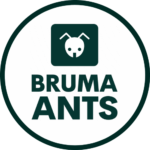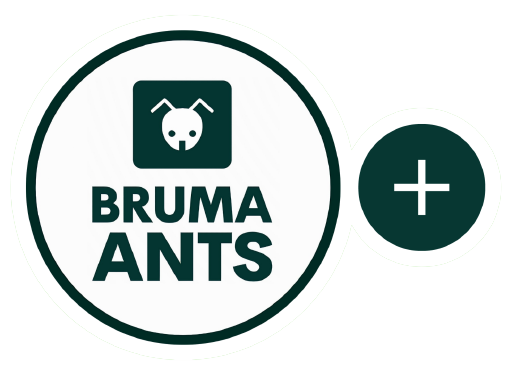Hi guys! I hope you’re doing well!
Today we’re going to learn what are the 5 most common mistakes that beginner ant keepers make when they start joining this hobby!
Let’s get into it!
Introduction
Let’s start by saying this: everyone makes mistakes. Every time you start an activity for the first time, you have a ton of information to go through!
I think that one of the most useful pieces of information that a beginner can get to get better at doing something, is a list of the most common mistakes that newbies make!
This is the reason I made this guide, and if you are new to ant keeping, I’m sure that you will find this list extremely useful! Let’s begin!
Mistake Number 1: Don’t Do Enough Research About A Species
As you probably already know, the world is full of different species of ants! All around the world there are more than 12,000 of them! They are a lot!
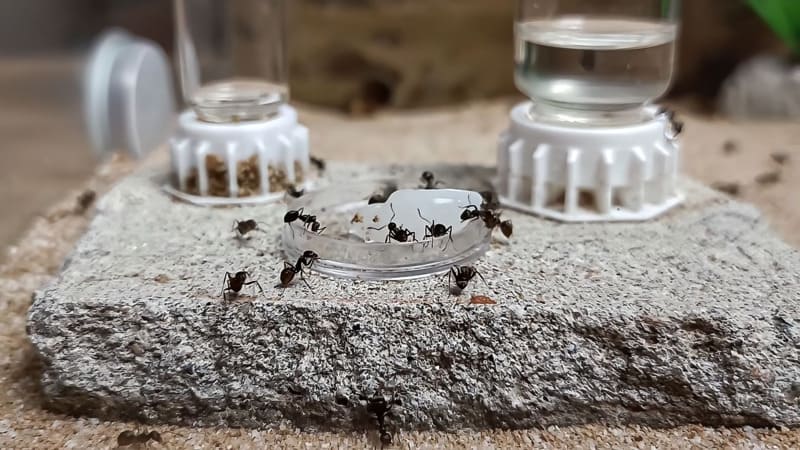
Some of them live on top of the tallest mountains, in extremely harsh weather conditions! Others live at the heart of the hotter deserts, in an environment with the highest temperature on the planet!
So, as you can imagine, every ant has their own specific requirements. Things like temperature, humidity, and food types can vary a lot between different species of ants.
Your job, as an ant keeper, is to research as much as possible all the peculiar characteristics of the species you wanna keep. You need to know the humidity levels, the temperature, what food they like to eat, and if and when they need hibernation.
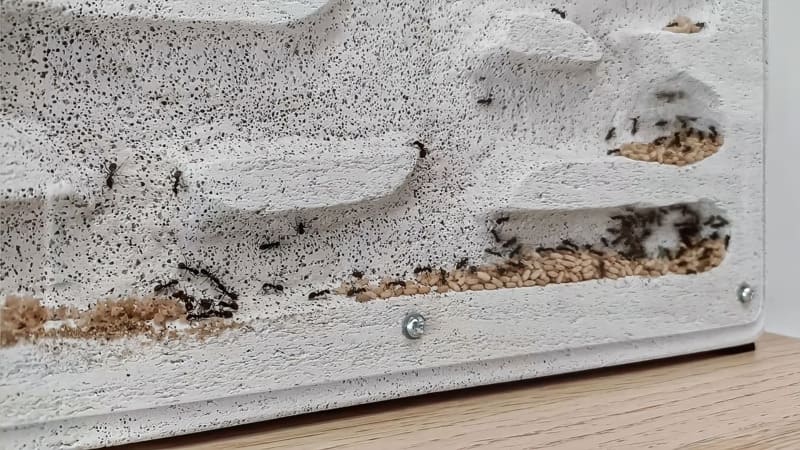

If just one of these requirements is not met, you can instantly lose all the progress you’ve made! Remember, do your research before buying a queen ant!
If you’re an absolute beginner and are just now starting to get interested in starting your own ant colony, I would suggest you check out this other guide! In this one, I explain how you can start this amazing hobby with just $1! Yeah, you heard right! Just $1!
Mistake Number 2: Checking Your Queen Ant Too Frequently
So you’ve done all the needed research and have finally pulled the trigger and bought your first queen ant? Congratulations! You’re in for an amazing journey!
But now comes the hard part! When the first queen arrives you don’t think of anything but her! I know the feeling! Every 10 minutes you wanna make sure that she’s doing ok, getting ready to create an amazing and giant ant empire!
And there’s the issue: you start to check her too much! The only thing that a newly mated queen ant needs right now is a quiet and dark space!
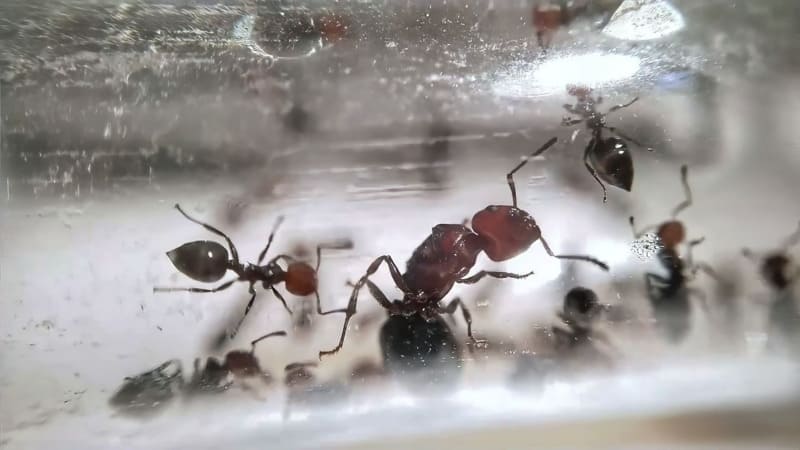

Every time you check how your queen is doing and remove the cover of the test tube setup or the founding nest, she starts to think that the chamber she’s in has been compromised!
She might think that the place where she wants to start her own ant colony is no longer safe! This creates a ton of stress on the queen, and lowers the chance that she will successfully lay her first batch of eggs!
The best thing you can do when you have just caught or bought a queen ant, is to leave her alone in a dark and isolated spot! By doing this, you can be sure that she will successfully start an amazing ant colony!
If you wanna find out more about the things you have to do just after getting your queen ant, I would suggest you check out this other guide! In this one, I expand on this topic, listing all the important steps you need to take at the start of your future ant empire!
Mistake Number 3: Overestimating The Pace Of Growth Of The Colony
This one is very common among first-time ant keepers. Usually, when beginner ant keepers catch or buy their first ant, they overestimate the pace of growth of the colony. And in many cases by some margin!
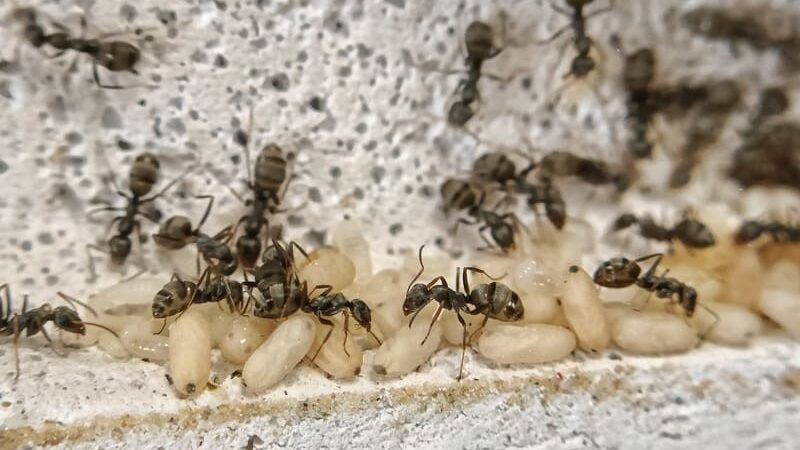

The pace of growth of an ant colony isn’t linear, but is very similar to an exponential function. At the start of the life of a colony, the development is very slow, and the first batch of eggs takes a lot of time to develop into fully formed adult workers.
Some species grow a lot faster than others, but the trend of growth is very similar for all ant species. For example, a colony of Camponotus Nicobarensis takes a lot less time to reach 100 workers if compared with a colony of Camponotus Ligniperda.
But once the colonies reach a considerable amount of workers, they all start to grow a lot faster. This is probably due to the fact that at the very beginning all the work in the colony is done by one ant: the queen.
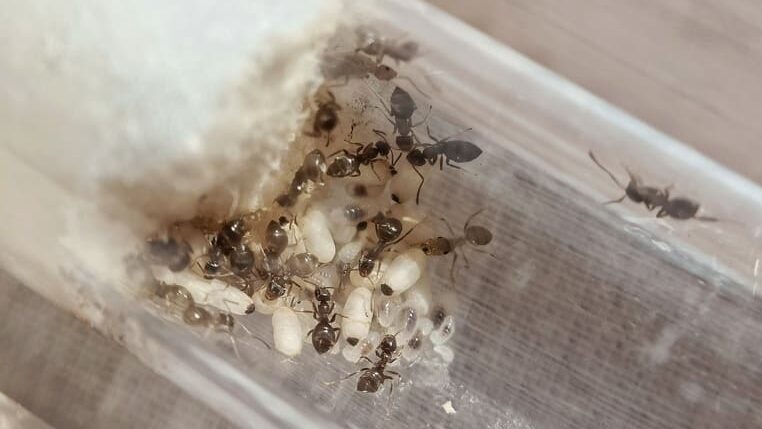

When the colony grows, so does the workforce. With more and more ants doing their part in the colony, the optimizations of the various tasks increase dramatically, enabling the colony to grow faster.
If there’s one thing that beginners ant keepers need, it is patience. A lot of it! This is probably the most important quality needed in ant keeping, and without it, it’s very difficult to obtain good results!
The overestimation of the pace of growth of the colony almost always leads to another very common mistake…
Mistake Number 4: Moving The Colony Into A Nest Too Soon
This is another very common mistake made by a lot of beginner ant keepers.
Trust me, I know the feeling. You just spent an entire day watching hundreds of videos on Youtube from your favorite ant keepers, and now you think It’s finally time to start your own ant colony! So far, no issues.
The problem starts just after you’ve caught or bought your first queen ant. Now you’re all hyped up, and you can’t wait to put the queen into your amazing new ant nest, bought from your favorite ant keeping store! I can’t blame you, I’ve been there too.
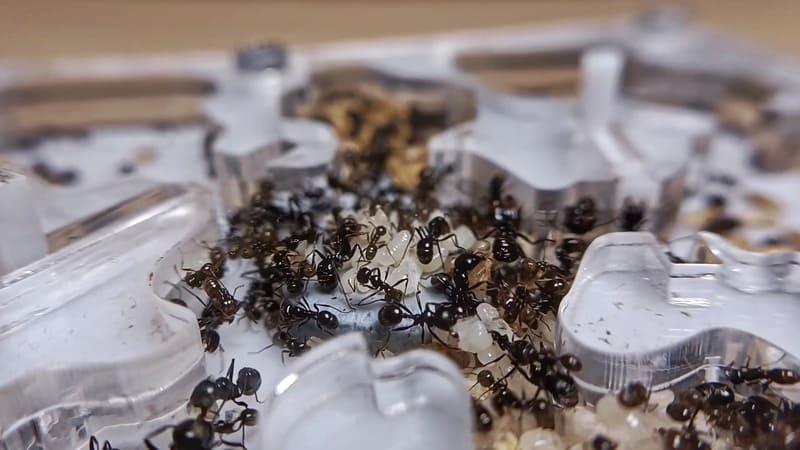

There’s just one small problem in doing that. The queen hates large spaces! If you give the queen a nest with too much space, she will probably start to feel a lot stressed. In a nutshell, the smaller the nest, the safer the queen feels!
In the wild, after mating with a male, the queen starts searching for a small and quiet space, probably in the soil, where she can start to lay eggs. This tiny space is called the “claustral chamber”.
The claustral chambers that the ants create in the wild are very small! There is barely enough space to house the queen!
When you have just caught a queen ant, or you have a very small colony with very few workers, the best thing you can do is to keep them in a test tube setup!
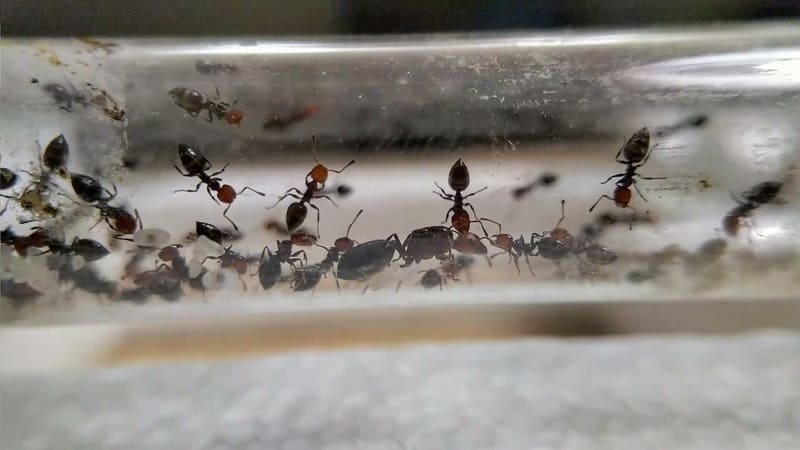

This is the best way to recreate the environment that the ants experience in the wild, replicating the same amount of space, humidity, and temperature.
If you are new to ant keeping and don’t know what a test tube setup is, I would suggest you check out this tutorial! In this one, I explain in detail everything you need to know to create the perfect test tube setup!
Mistake Number 5: Buying Exotic Ants
This mistake is a lot less common if compared to the other ones, but nevertheless, it deserves an important place on this list!
If you usually research ants online, you will almost certainly have encountered some exotic ant species.
As a beginner ant keeper, it is very common to be really impressed by very strange and unusual species of ants. Usually, that’s because these species don’t live in the same area as you, and you’ve never seen one of those.
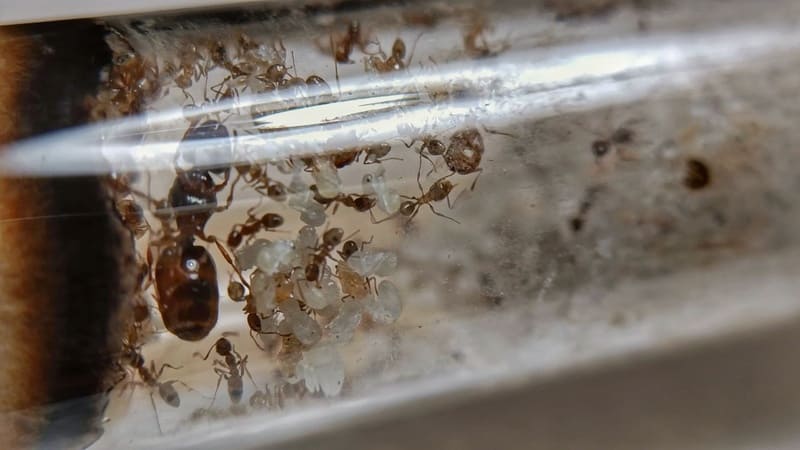

There’s nothing wrong with keeping exotic species of ants, as long as you don’t release them into the wild and provide them with the right environment.
As a beginner, you probably don’t have the basic knowledge of how to keep ants yet. For this reason, it’s very important to start this hobby with a local species. With a local species, it is a lot easier to recreate their natural environment, simply because you already live in it and know the little details that you can’t find online!
You know how the temperature varies throughout the year, when the ants start to exit from their nests in the spring, and what are their favorite food types. You can get this precious information just by looking at the ants in your backyard!
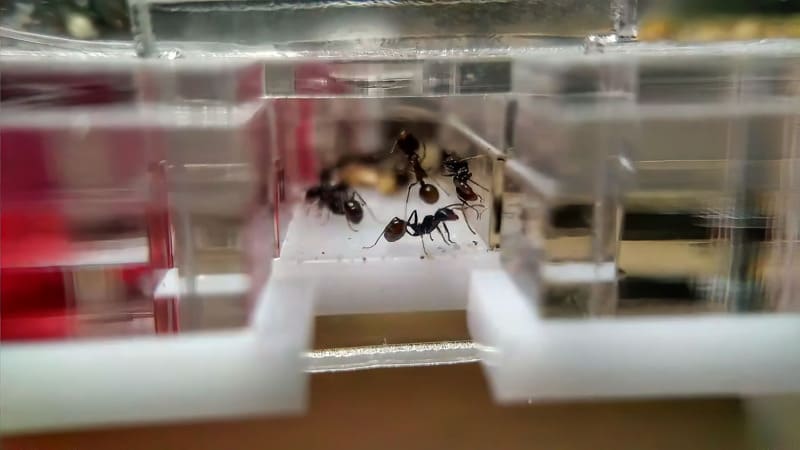

So, for this reason, it is suggested to start ant keeping with a local species of ant and, only after you have some years of experience in the bag, you can then start to look at exotic species! If you are a beginner, two of the best species you can get are Messor barbarus and Lasius niger, both extremely easy to care for!
So there they are! The 5 most common mistakes that the majority of ant keepers make at the start of their ant keeping journey!
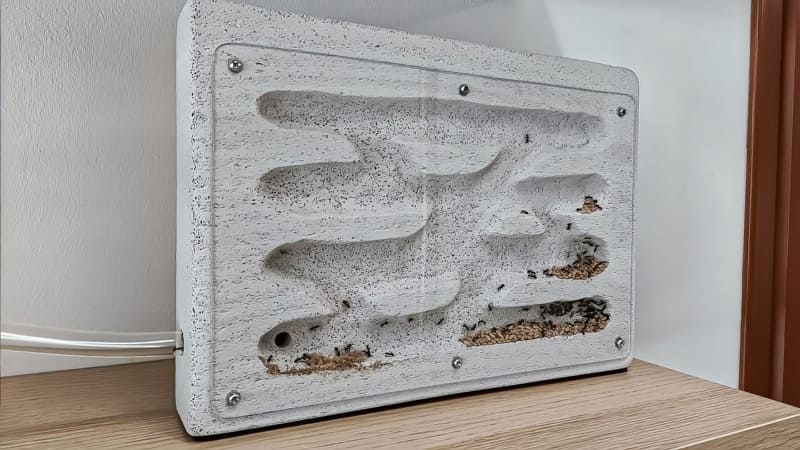

Real-world impact!
Thanks to the BRUMA Ants Plus subscribers and our partner Ecologi we are planting lots of trees all around the world! Click on the Ecologi logo to see the real-world impact of this amazing community!
Join our Discord!

